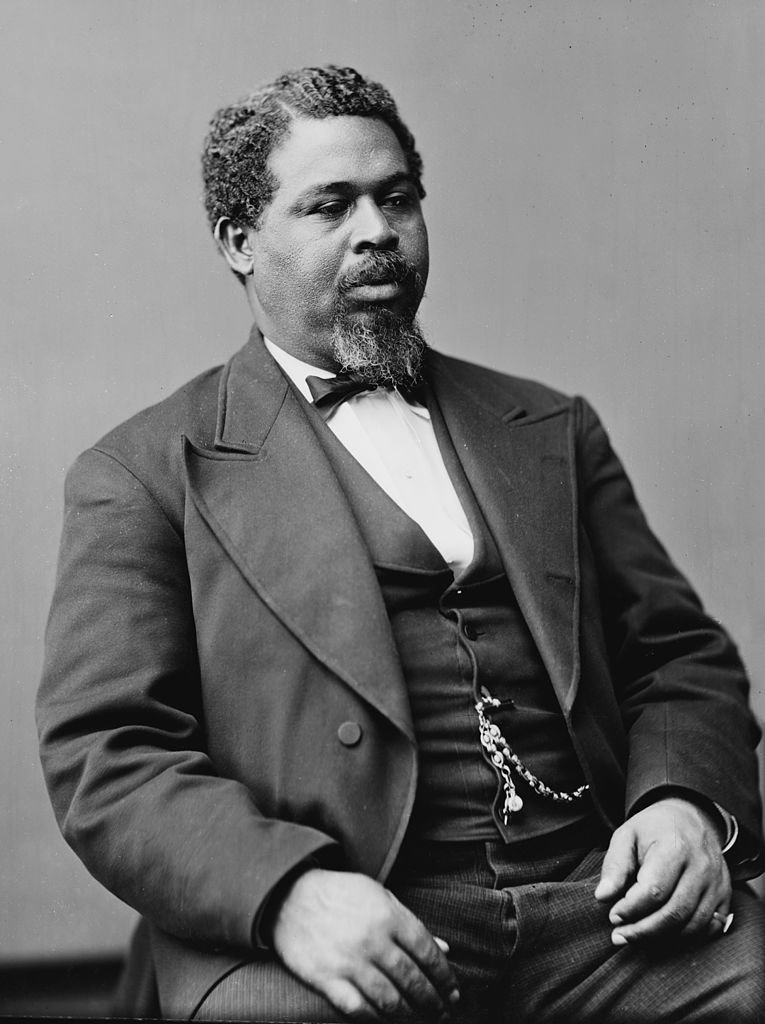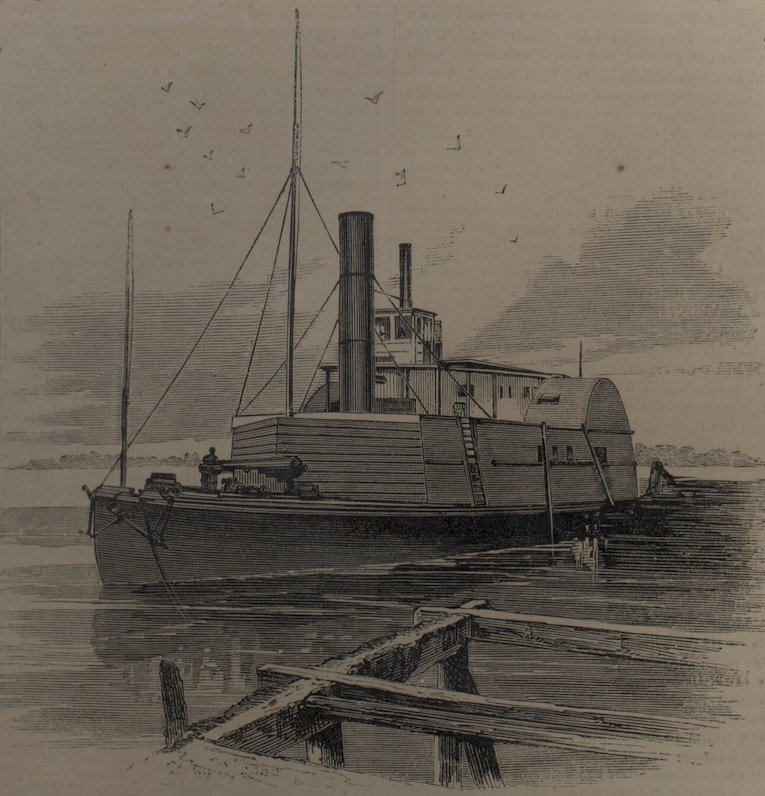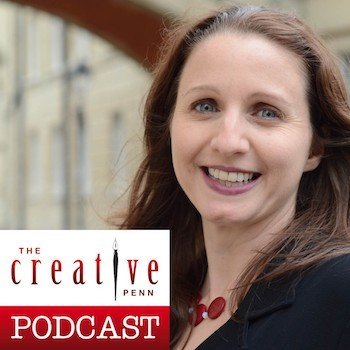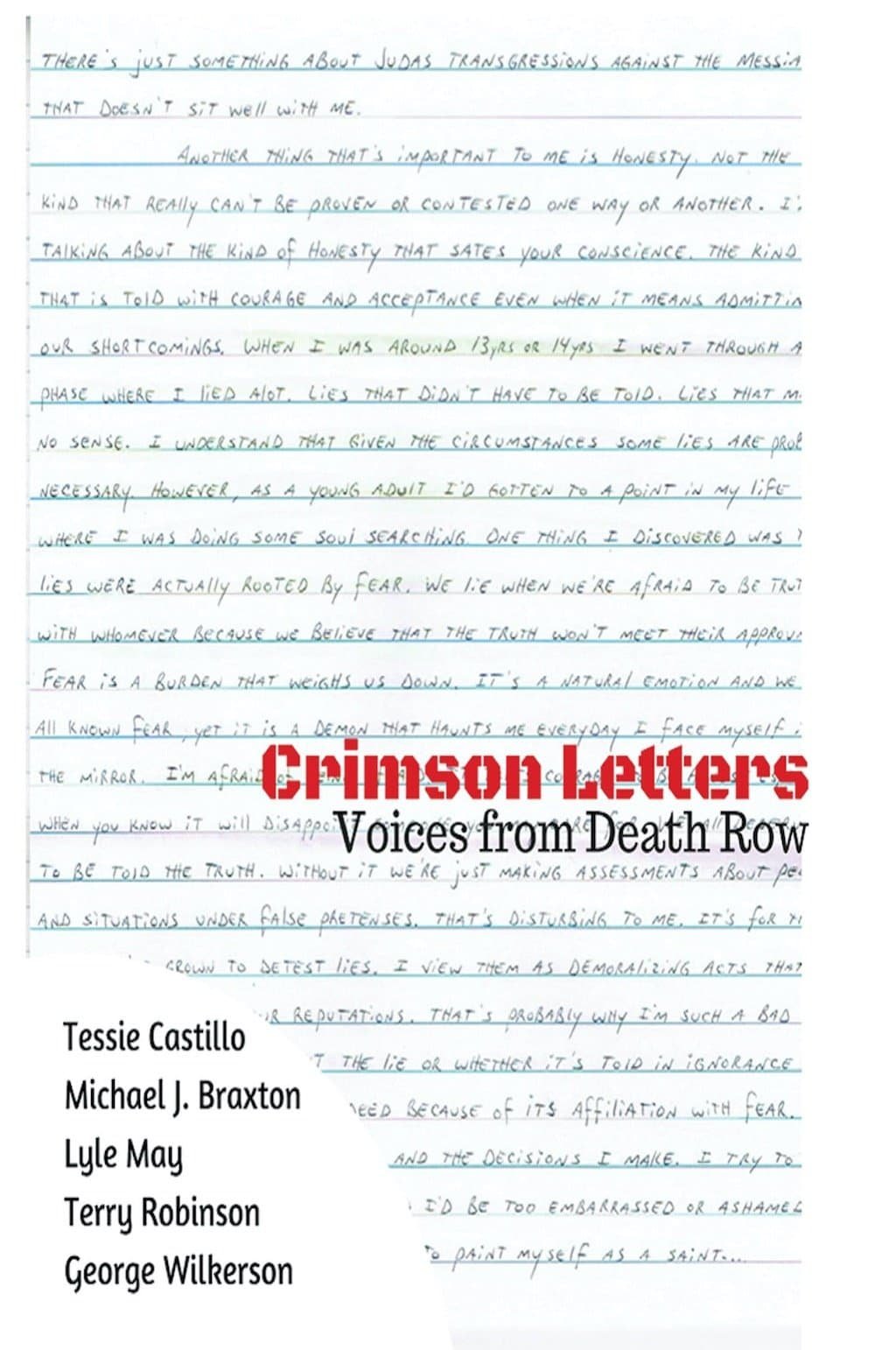On Writing (Your Story) Well – Part Two
When telling true stories, people often assume it’s simply a matter of repeating the truth. That’s the best place to begin, as facts are the foundation of personal storytelling, but maximizing the impact of your story comes down to the words, sentences, and paragraphs that comprise all narratives. It’s the writing process which turns truth into story.
Professional writers know this, spending the majority of their time editing what they’ve written. Word choice. Sentence structure. Narrative arc. Writers devote their career to mastering the art of telling stories that matter. For most of us it tends to be a different story.
We learned to write at a very early age, but once we entered the school system the focus was on grammar, which is a necessary component of the writing task, but unfortunately, there was scant guidance when it came to using that proper grammar to tell personal stories. We leave school and begin our career lacking the storytelling skills that can positively effect every aspect of our future.
I was blessed early on in my career when a colleague handed me a new copy of On Writing Well by William Zinsser. That was decades ago, and I’ve since owned a number of copies along the way. I’ve read it many times, refer to it often, and I’m still learning. If telling personal stories is something you aspire to, and want to maximize the impact of your stories, I recommend you pick up a copy.
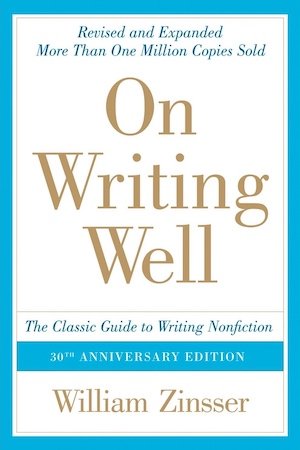
The book covers a lot of territory, and in the previous post I covered Part One. With this second installment I highlight key points from Part Two of the book.
From Part II on Unity
As for what point you want to make, every successful piece of nonfiction should leave the reader with one provocative thought
that he or she didn’t have before.
Storytelling with Impact is often about shifting perspectives – altering the way in which a listener or reader views a particular subject, how they view themselves, how they view others, or how they view the world – sometimes all four. Most of us are on a journey of self discovery, as well as self improvement, which entails growth, which results in altering our viewpoints. We seek new information from many sources, one of which involves hearing stories from / about other people.
To achieve the goal of making an impact I ask storytellers to describe how their audience thinks and feels about that idea or experience that forms the basis of their story. I then ask them to describe how that audience might think and feel about the subject after they’ve heard their story. It’s not just a verbal exercise. To truly understand the provocative thought that William Zinsser mentions it’s important to write down your before and after thoughts. Give the exercise it’s due. Understanding the power of your story is key to writing a powerful story.
The Narrative Journey
Trust your material if it’s taking you into terrain you didn’t intend to enter but where the vibrations are good.
Your story’s narrative will, hopefully, take an audience on a journey from your opening line to your closing line in a seamless fashion. And with a clear intent (see previous section) you map out your route by way of identifying the most relevant story blocks and order them properly. But stories can have a way of shapeshifting; pulling you in directions that were not on your planned route. Sometimes you’ll need to pull hard on the reins to get back on track. But to William’s point, you also need to pay attention to how the diversion feels.
Writing is simultaneously a process of crafting a narrative, while at the same time, rediscovering that narrative. As you write, new ideas, experiences, and pathways arise. Distractions should be discarded, but discoveries should be examined. And yes, you may find yourself on a fun diversion, only to realize you’re not going in the right direction, so you’ll have to backtrack an refocus. Stay true to your destination, and yet embrace the chaos that often arises.
From Part II on The Lead and the Ending
You should give as much thought to choosing your last sentence as you did to your first. Well, almost as much.
Every story opens with a (few) sentence(s), and will close with a (few) sentence(s). In my view, “few” equates to 3 or less. In both cases the message must be clear, at first to provide an initial hook for the story, and to conclude, something memorable. Both are vital bookends to your narrative, but I’ll agree with William’s viewpoint that the opening carries a bit more literary weight as you need to capture the interest of the audience in order for them to still be paying attention when it’s time the closing.
That said, focus on crafting a compelling narrative first. Remember the mention about shapeshifting? Initial drafts of your opening and closing may stay intact, but more often than not, you will discover better versions during the writing / editing / rehearsing process. Polish the ends once the story’s narrative is solid.
From Part II on Bits & Pieces
The longer I work at the craft of writing, the more I realize that there’s nothing more interesting than the truth.
I am often asked whether a story can ‘stretch the truth’, or if the storyteller can ’embellish’ their narrative. My answer is always the same. If your intent is to tell a true story, then stick to the truth. My reasoning is that if you’re caught in a lie, or the audience can tell that you’re adding fiction to your story, then everything you say is in doubt. These tactics can work well when you’re telling tall tales at the dinner table, but not when you’re on stage trying to reach an audience with a real story.
What I like about William’s quote is that the truth is actually more interesting. It requires additional work to find a storyline that is more interesting, which is to say, it’s often easier to lie than it is to tell the truth. In many cases, storytellers incorporate a lie (or embellishment) in order to avoid dealing with the truth. While it’s tempting, don’t do it. Find the most impactful truth, and write your story accordingly.
Reflection
These are four pearls from On Writing Well that I’m still (after many years) trying to master. Every time I write something (I think is) wonderful, I wake up the next day, reread my prose and become convinced that someone broke into my home in the middle of the night and changed what I wrote the previous day. I couldn’t have written something so bad, but I did. In those moments of despair I’m glad that the wisdom of William Zinsser is close at hand.
contact me to discuss your storytelling goals!
◆
Subscribe to our newsletter for the latest updates!
Copyright Storytelling with Impact – All rights reserved

